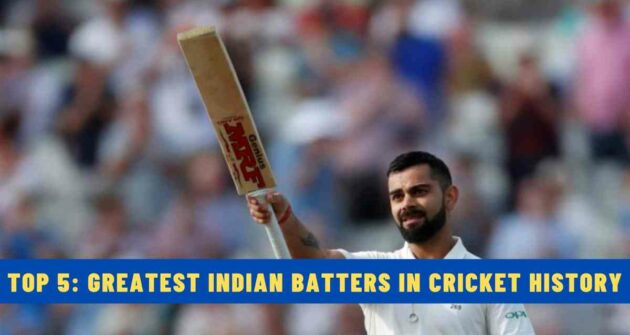The wicket-keepers play an important role in cricket, as they have the best view of the match proceedings. They can guide bowlers on where to bowl, help set the field, and assist the captain in taking DRS for potential dismissals.
Apart from that, keepers have to grab catches, affect stumpings, and run outs, that too in a lightning-fast manner. However, there are certain rules you need to keep in mind as a wicketkeeper.
What rules? Well, read the article to get familiar with the wicket-keeper rules in cricket.
Table of Contents
Protective Equipment
Since wicket-keepers are quite close to bat and ball action, the Laws of Cricket allow them to wear protective equipment. They include a helmet, gloves, and wicket-keeping pads.
The wicket-keeping gloves, in particular, have some regulations. The gloves should not have any webbing between the fingers, except the index finger and thumb.
Moreover, no other fielder from the fielding side can wear gloves and external leg guards. If any fielder other than the keeper uses the gloves to field the ball, the fielding team will incur a penalty of 5 runs.
Position of Wicket-Keeper
The wicket-keeper should remain stationed behind the stumps once the ball comes into play until the batter makes contact with the ball or passes by the wickets. If the wicket-keeper fails to abide by this rule, the umpire will call it a no ball.
Also Read | Fielding Positions in Cricket – An Overlook
Movement by Wicket-keeper
If the wicket-keeper makes any significant moves before the ball reaches the batter, it is considered an unfair practice. If the on-field umpires come across any unfair movement by the gloveman, then they will award 5 penalty runs to the batting team.
However, not every movement comes under unfair practice, with some exceptions.
- A keeper may move a few steps ahead for slower deliveries
- Can move laterally in the direction of the delivery
- Can move in the direction the batter is trying to attempt a shot
Restriction on Actions of Wicket-keeper
If the wicket-keeper obstructs the striker from playing the ball or guarding their wicket, the umpire will call it a dead ball. And if they do it willfully, then the umpire will hand a 5-run penalty to the fielding side.
Read Next | Leg Side Fielding Rules in Cricket











